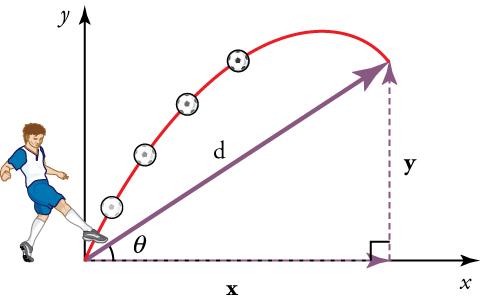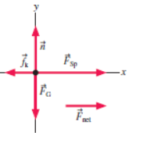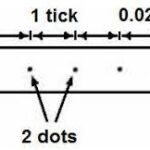Introduction to Diagrams
Throughout The Physics Classroom Tutorial, there is a persistent appeal to your ability to represent physical concepts in a visual manner. You will quickly notice that this effort to provide visual representation of physical concepts permeates much of the discussion in The Physics Classroom Tutorial. The world that we study in physics is a physical world – a world that we can see. And if we can see it, we certainly ought to visualize it. And if we seek to understand it, then that understanding ought to involve visual representations. So as you continue your pursuit of physics understanding, always be mindful of your ability (or lack of ability) to visually represent it. Monitor your study and learning habits, asking if your knowledge has become abstracted to a series of vocabulary words that have (at least in your own mind) no relation to the physical world which it seeks to describe. Your understanding of physics should be intimately tied to the physical world as demonstrated by your visual images.
Like the study of all of physics, our study of 1-dimensional kinematics will be concerned with the multiple means by which the motion of objects can be represented. Such means include the use of words, the use of graphs, the use of numbers, the use of equations, and the use of diagrams. Lesson 2 focuses on the use of diagrams to describe motion. The two most commonly used types of diagrams used to describe the motion of objects are:
· Ticker Tape Diagrams
· Vector Diagrams
Begin cultivating your visualization skills early in the course. Spend some time on the rest of Lesson 2, seeking to connect the visuals and graphics with the words and the physical reality. And as you proceed through the remainder of the unit 1 lessons, continue to make these same connections.



